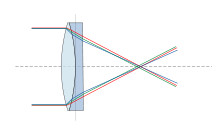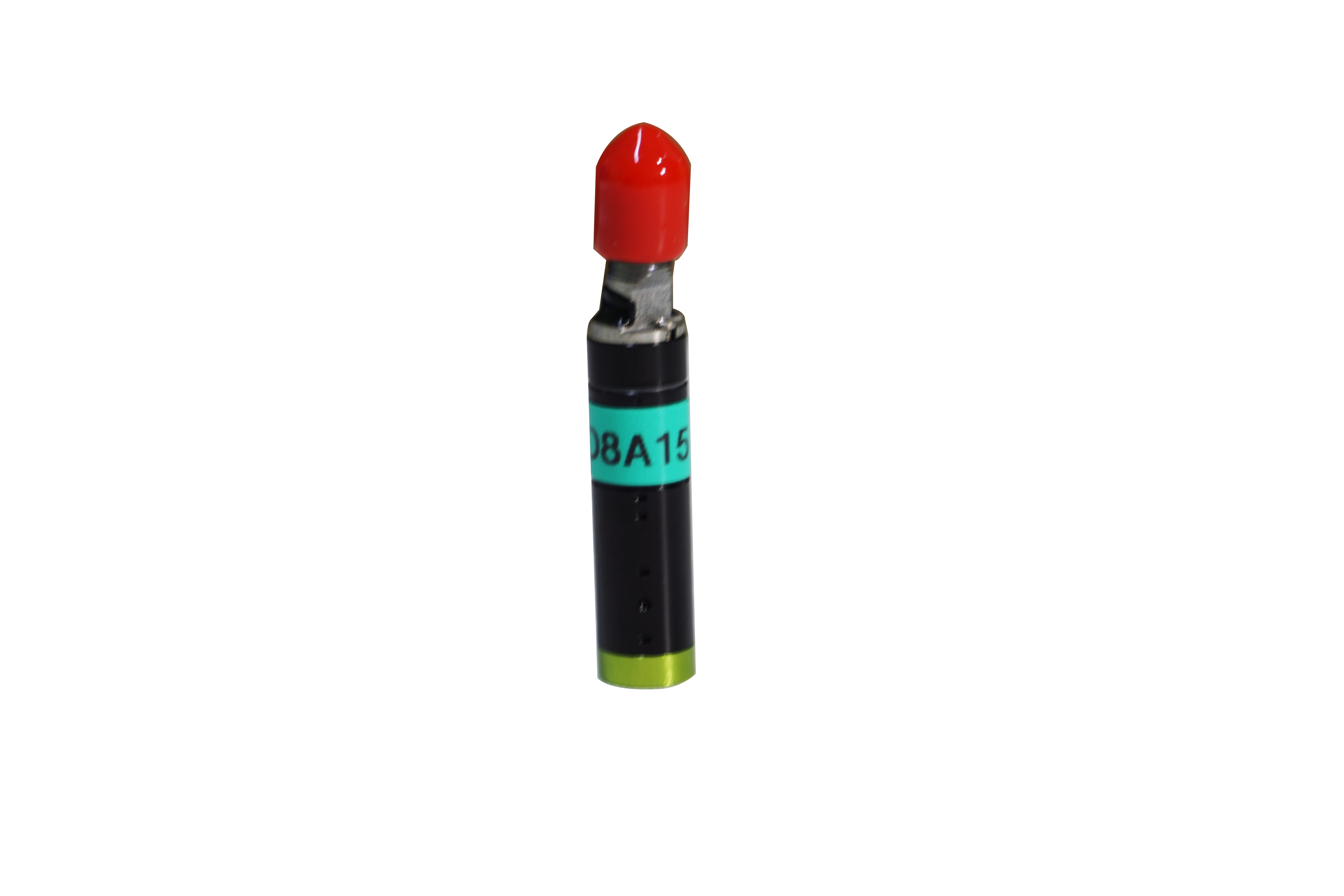2020-02-17
As we all know, natural sunlight belongs to white light. White light is not pure light, but is made up of many monochromatic light. The wavelength of visible light from the human eye ranges from 400 nanometers (blue light) to 700 nanometers (red light). Light may have angular deviations when propagating in different media, but under actual white light irradiation, single-line light will have multiple refractions in different media.
Optical materials (lenses) have different refractive indices for different monochromatic light, that is, different refraction angles. The shorter the wavelength, the larger the refractive index, and the longer the wavelength, the smaller the refractive index (which is also the reason why different telescopes have so-called color differences). The same thin lens has different focal lengths for different monochromatic light, and each monochromatic light has a different focal length. Depending on the wavelength of the colored light, their image points are arranged on the optical axis from near to far, away from the lens (different monochromatic light has different wavelengths), so imaging produces what is called chromatic lens error. Chromatic aberration lens errors cause imaging to produce color spots or halos. In photographic equipment, special treatment should be performed to minimize imaging problems caused by chromatic aberration lens errors. Common elimination methods include double gluing systems and double separation systems.

The chromatic aberration of a single lens on one side results in different focal lengths of colored light at different wavelengths

For achromatic doublets, the wavelengths of visible light have approximately equal focal lengths

Diffractive optical devices with dispersion elimination properties can be used to correct chromatic aberration
However, the spectral confocal measurement method takes advantage of the characteristics of this physical phenomenon. By using a special lens, the focusing halo range of different colors of light is extended to form a special amplification color difference, so that the precise wavelength of light can be focused on the object under test according to the distance between the object under test and the lens. By measuring the wavelength of the reflected light, the exact distance between the object being measured and the lens can be obtained. This process is the opposite of the process by which photographic equipment reduces chromatic aberration through various methods.
In order to obtain the above special color difference, several special lenses need to be used in the sensor probe to decompose the light according to the desired range. A convex lens is then used to focus the light emitted by the sensor probe on an axis, forming what is called a focusing axis. If a convex lens is not used, the light emitted by the sensor probe will be scattered and cannot be measured.
White light passes through the surface of the half-lens to reach the convex lens. This is where the above special color difference occurs. The light is reflected after striking the object to be measured, passes through the convex lens and returns to the half lens in the sensor probe. The half-lens refracts the reflected light onto the perforated cover plate, and the holes allow only well-focused reflected light to pass through. The light passing through the porous cover plate is a fuzzy spectrum, that is, several different wavelengths of light can pass through the hole and shine on the CCD photosensitive matrix unit.
However, only the reflected light focused on the object to be measured has enough light intensity to produce a noticeable peak on the CCD photosensitive matrix. Behind the perforated cover plate, a splitter is needed to measure the color information of the reflected light. A splitter is similar to a special grating that increases or decreases the refractive index depending on the wavelength of the reflected light. Therefore, each position on the CCD matrix corresponds to the distance from the measurement object to the probe.
Shenzhen Liyi Technology Co., Ltd. is a professional production and sales of displacement sensor, laser displacement sensor, Angle displacement sensor, spectral confocal sensor company, in need of friends can call to consult Liyi fiber coaxial displacement sensor manufacturers. Welcome your call!



